Relive the excitement in 360 degrees.
Category: space – Page 963
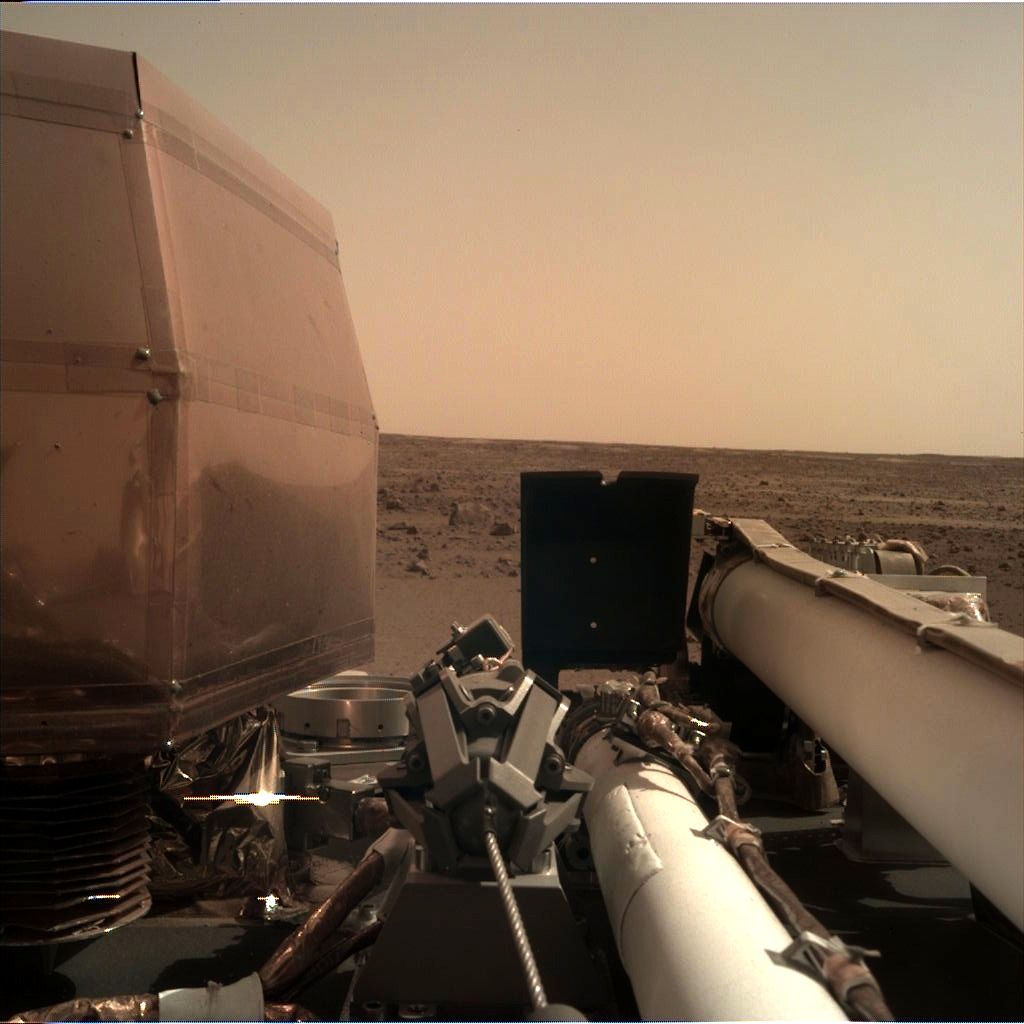
Our Mars Odyssey orbiter phoned home, relaying the latest news from NASA InSight that indicates that its solar panels are open and collecting sunlight on the Martian surface
Also included in the dispatch: this snapshot from the lander’s arm showing the instruments in their new “plain perfect” home. Get the latest: https://go.nasa.gov/2FDGbwu
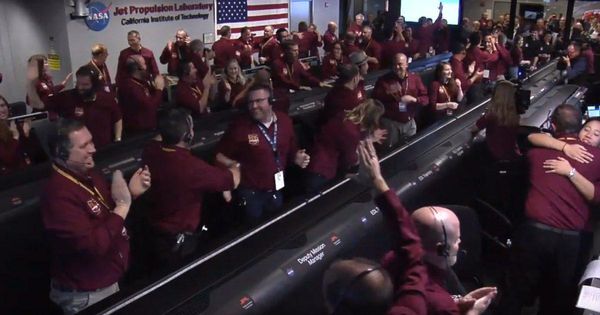
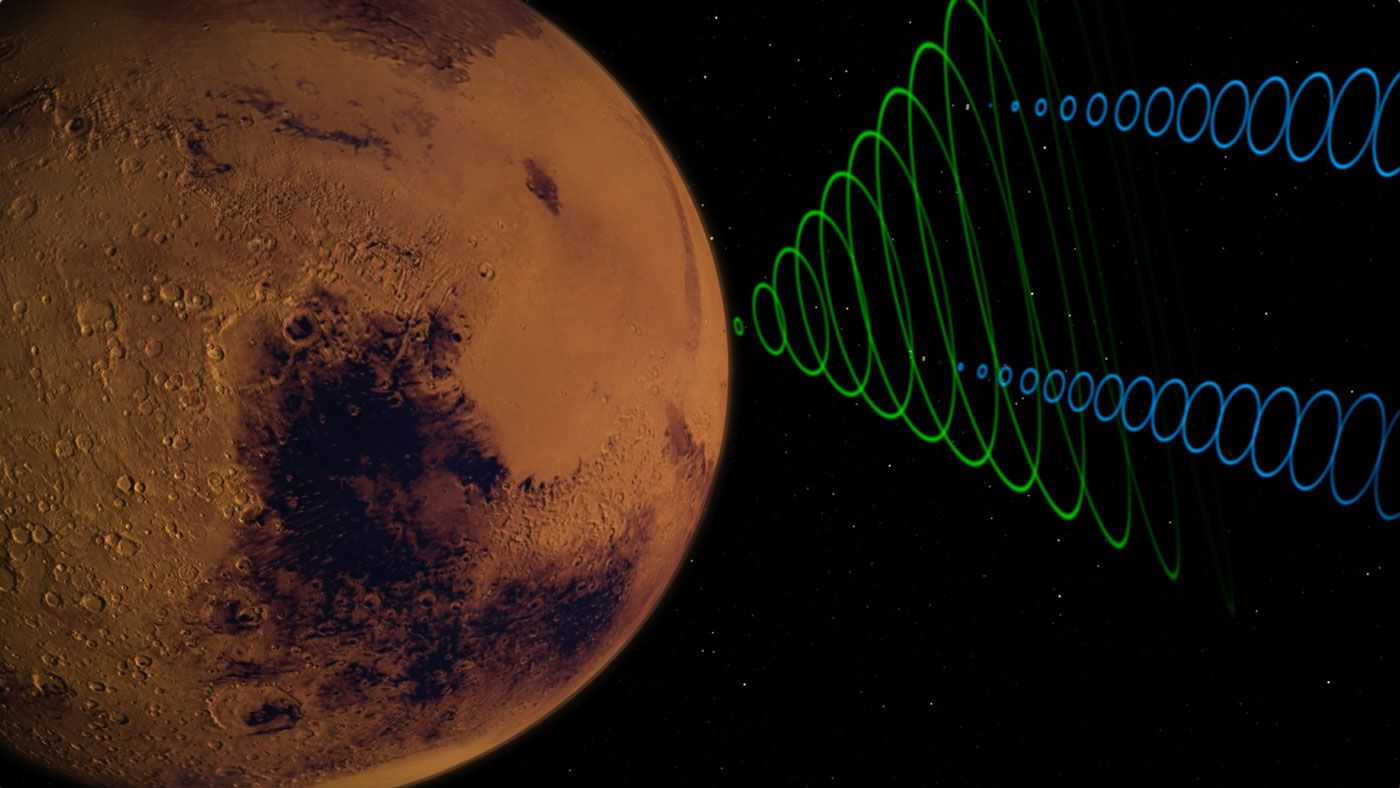
NASA lander set to touch down on Mars
Success!!!
HAPPENING NOW: NASA — National Aeronautics and Space Administration’s InSight lander is set to make a perilous maneuver to touch down on Mars, capping off a trip that started seven months and more than 300 million miles ago. https://abcn.ws/2RagLb8
#BehindtheBell: NASA Mars Landing
Everything you need to know about how to watch #MarsLanding with NASA and the Times Square Alliance #RewriteTomorrow
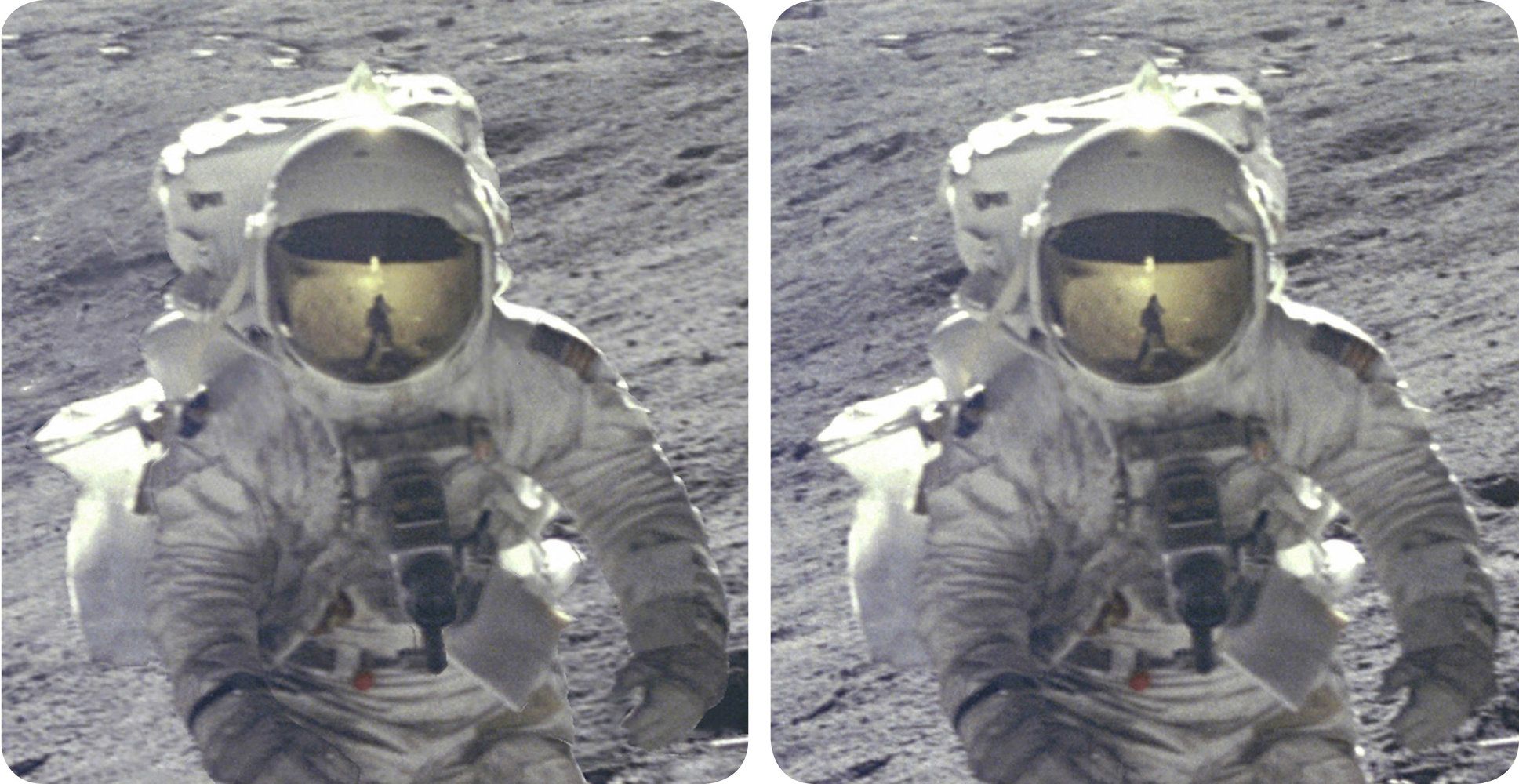
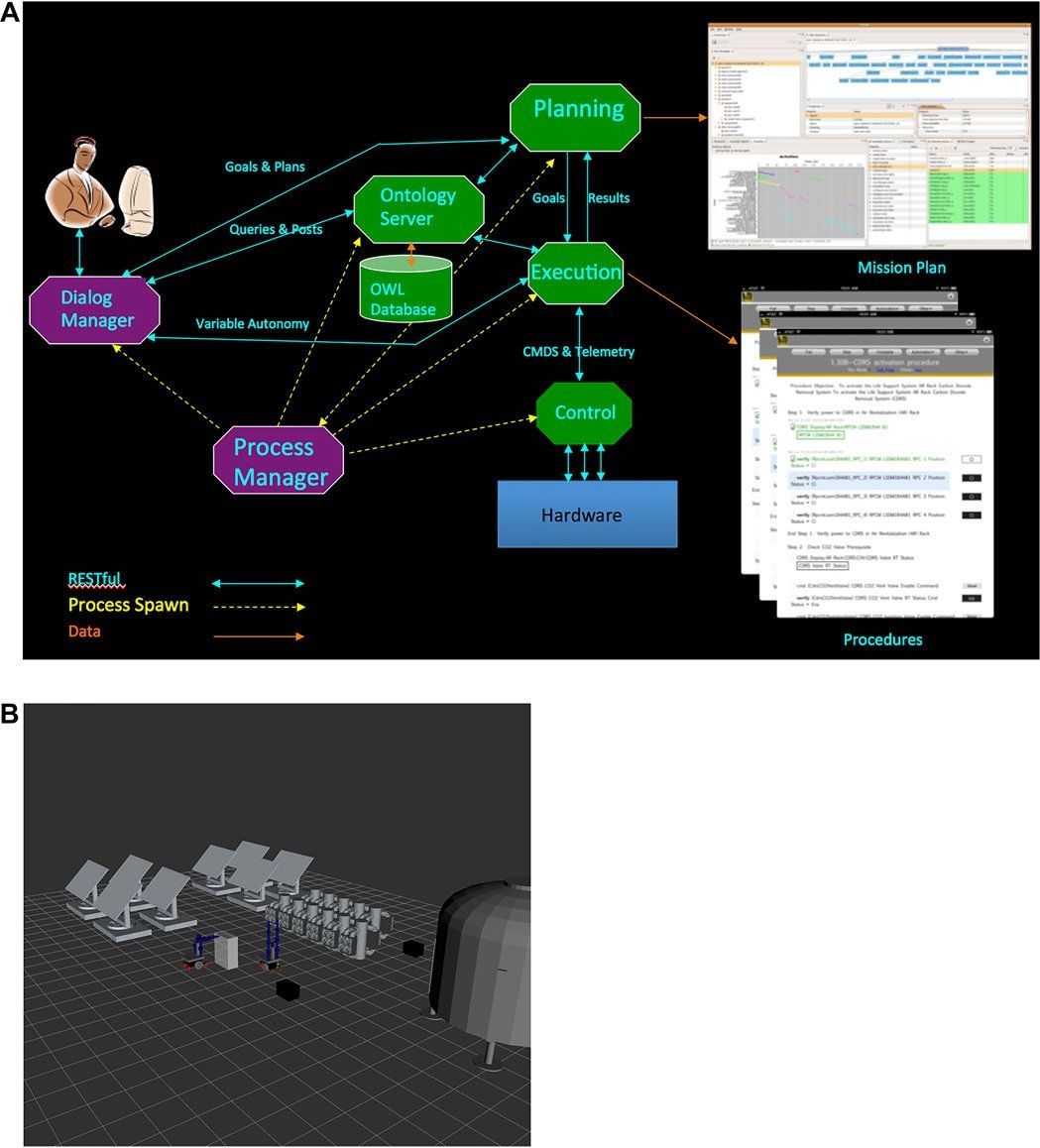
Engineers developing a HAL 9000-type AI system for monitoring planetary base stations
A team of engineers at TRACLabs Inc. in the U.S. is making inroads toward the creation of a planetary base station monitoring system similar in some respects to Hal 9000—the infamous AI system in the movie 2001: A Space Odyssey. In this case, it is called cognitive architecture for space agents (CASE) and is outlined in a Focus piece by Pete Bonasso, the primary engineer working on the project, in the journal Science Robotics.
Bonasso explains that he has had an interest in creating a real Hal 9000 ever since watching the movie as a college student—minus the human killing, of course. His system is designed to run a base situated on another planet, such as Mars. It is meant to take care of the more mundane, but critical tasks involved with maintaining a habitable planetary base, such as maintaining oxygen levels and taking care of waste. He notes that such a system needs to know what to do and how to do it, carrying out activities using such hardware as robot arms. To that end, CASE has been designed as a three-layered system. The first is in charge of controlling hardware, such as power systems, life-support, etc.
The second layer is more brainy—it is in charge of running the software that controls the hardware. The third layer is even smarter, responsible for coming up with solutions to problems as they arise—if damage occurs to a module, for example, it must be sealed off from others modules as quickly as possible. The system also has what Bonasso describes as an ontological system—its job is to be self-aware so that the system can make judgment calls when comparing data from sensors with what it has learned in the past and with information received from human occupants. To that end, the system will be expected to interact with those humans in ways similar to those portrayed in the movie.
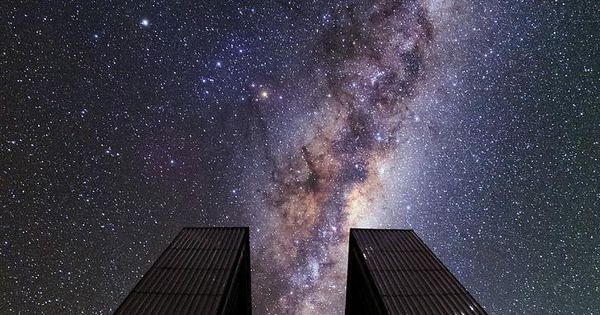

Save the date: Tomorrow, NASA InSight will land on #Mars
Learn more before the Monday, Nov. 26 touchdown on the Red Planet: https://go.nasa.gov/2FJgZon #MarsLanding